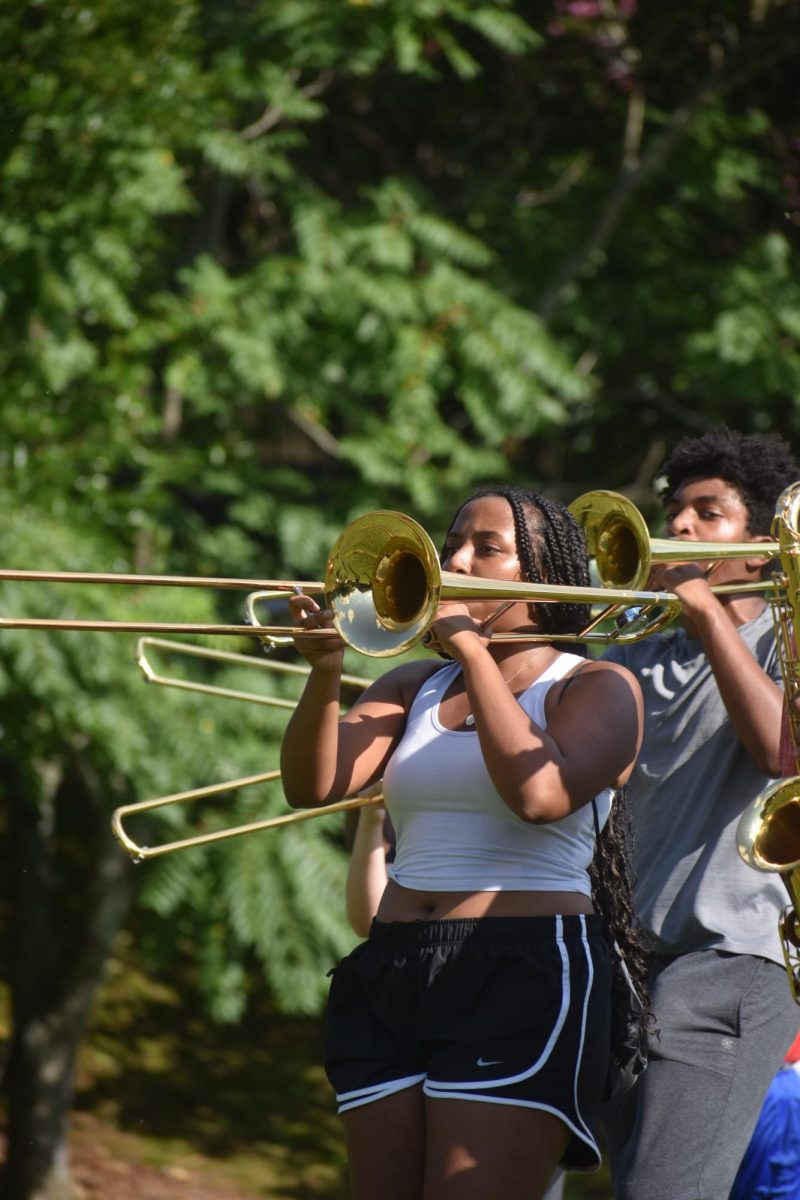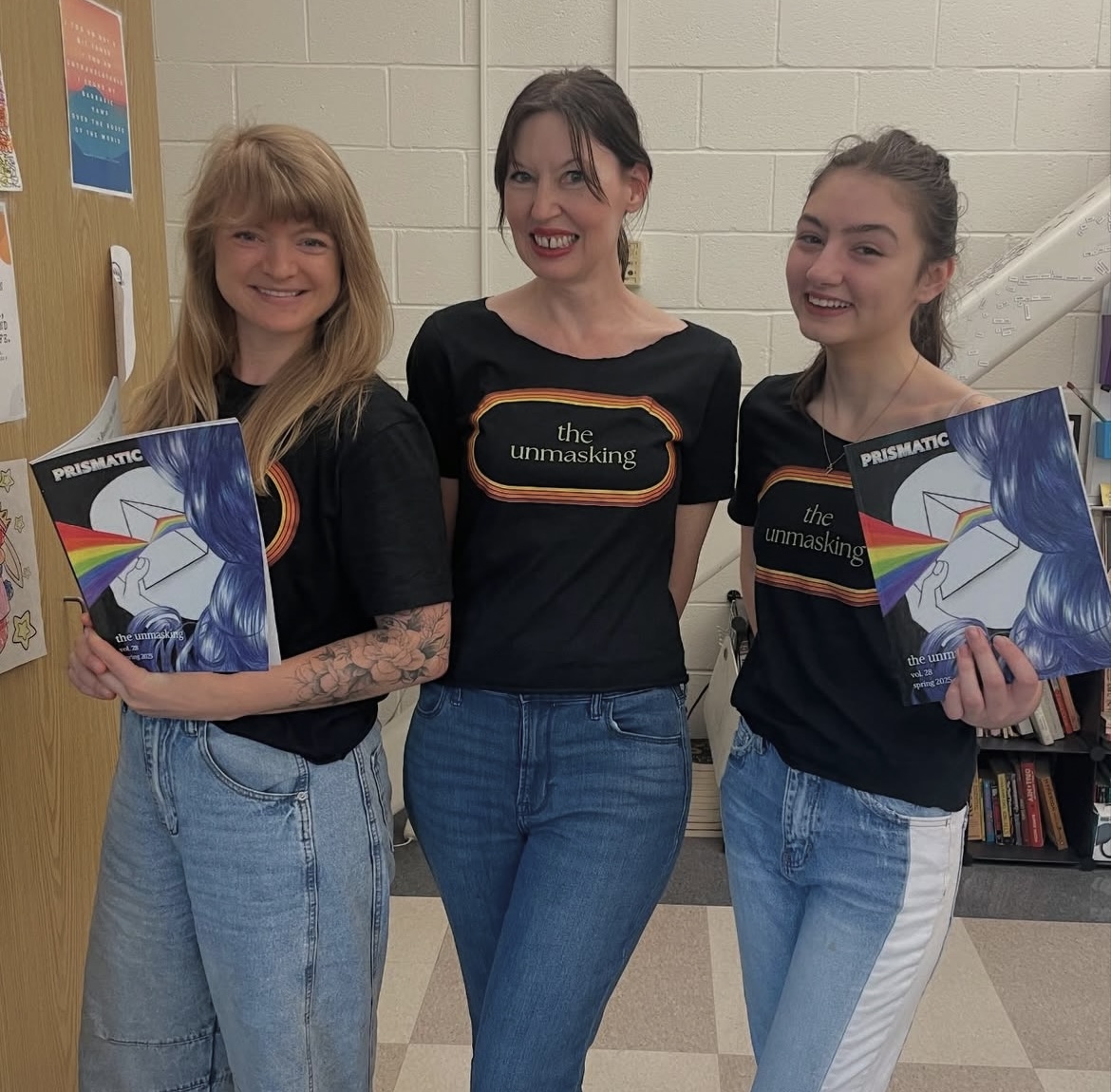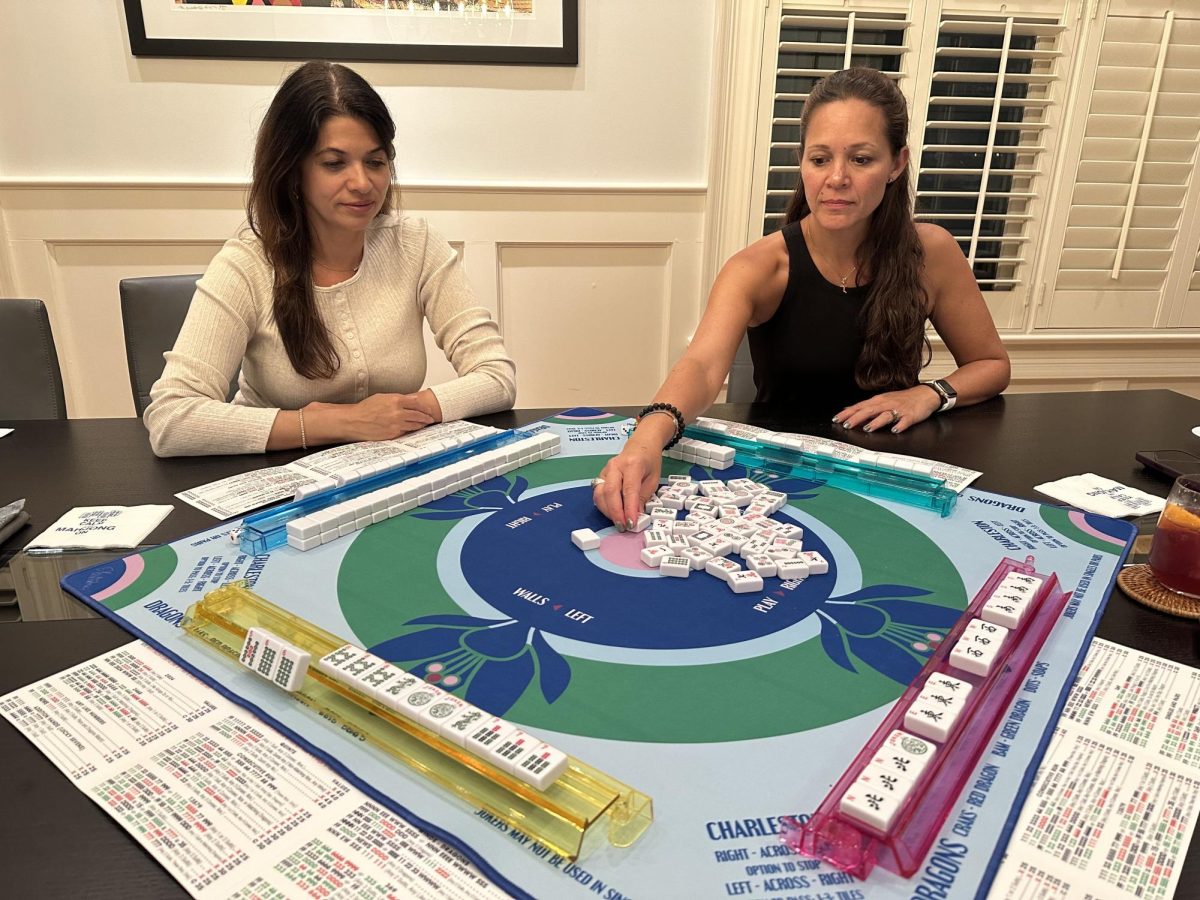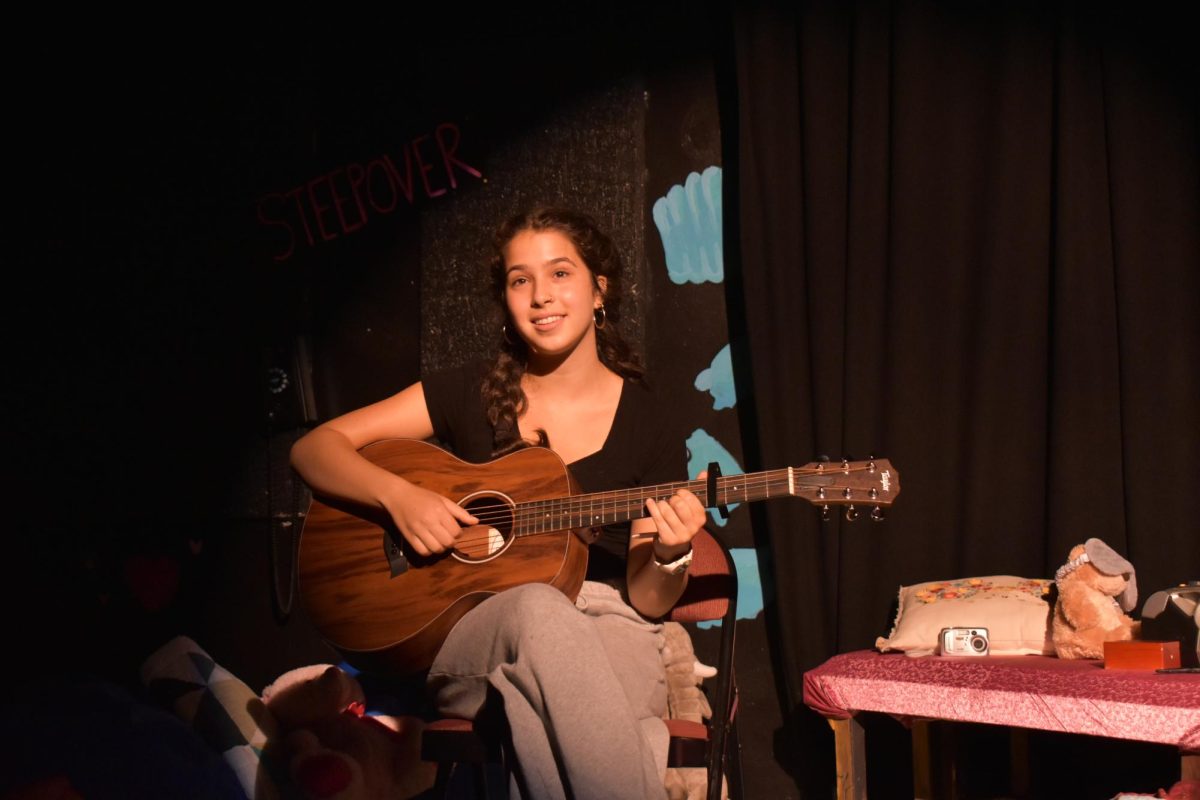
“Madams and madams, ladies and ladies, I give you Amaluna.”
With these welcoming words, Deeda, a clown with a Scandinavian-Russian accent, opened a show that makes audience members think and makes them wonder what is behind each gesture, dance and costume.
What is obvious, is that Cirque du Soleil’s Amaluna has arrived in Atlanta willing to convey a message that makes it distinct from other circus shows. The performers, acrobats, clowns, musicians and mimes, directed by New Yorker Diane Paulus, leave a mark in every spectator’s mind: the essence of Amaluna, word made up with “ama”, in some Romance languages meaning mother or protector, and “luna” which means moon. Both words and the whole show applaud and commemorate the existance of women, celebrating the beauty of females’ body and defending their strength and courage.
The story unfolds on an island where skilled women and a genial lizard coexist. That abstract “queendom” is ruled by Prospera, who prepares her daughter Miranda’s coming-of-age ceremony, a symbol of femininity and growth in her society. Between Asian dances, aerial straps and the worship of peacock, a group of men arrives on the island. But not any kind of men, no, they were young, handsome men, that, as might be expected, caused a stir in the island of Amaluna – and also in the audience. I was sitting next to a group of fortyish women who made a racket each time one of these guys entered a scene. One of these men, Romeo meets Miranda. Both fool around for a bit, Romeo showing muscles with his partners and Miranda momentarily evading her mother’s surveillance.
After they develop a crush for each other and a mutual attraction you can probably guess what happens next. They fall in love of course and, as always happens, overcome the many obstacles that block their relationship. But this refined, exquisite piece is not only a clichéd love story. Not at all. There are many other plots that rest leadership to this one. Dances and acrobatics based on Greek and Norse myths, and also pieces from more contemporary works like Mozart’s The Magic Flute, and Shakespeare’s The Tempest.
Something that really out to me was the many motifs, themes and implicit messages that the story tells us. All of these varied elements combine to convey one central message: how magic the human being is. Amaluna costume designer, Mérédith Caron, explains that the show essentially tells the story of an the encounter of humanity, the glorification of the beauty of the human being.”
The ultimate success of the show comes from how powerfully it conveys this central message. Amaluna is human, Amaluna is life, Amaluna is an ode to our species, especially the female half of it.







Maria L de Castro • Nov 8, 2014 at 7:10 am
What can I say Miguel? Exquisite! Proud of this wonderful Algecirian!